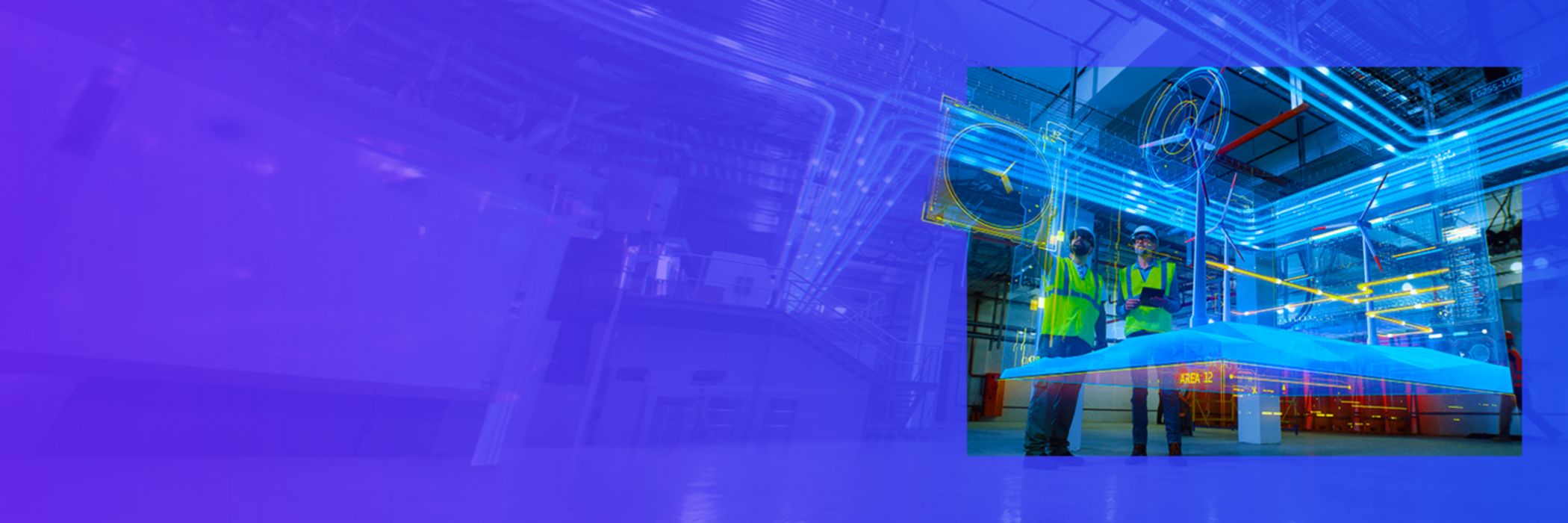What does the future of value creation look like - and how can it be shaped proactively? In view of recent market dynamics and several partly converging megatrends, these questions are currently occupying all companies. In our English-language study "The future of supply chain", our experts analyse the status quo based on a global survey. We also highlight solutions for upcoming technological challenges and practical recommendations for action.
Supply chain management in transition: these are the most important influencing factors
The study is based on figures from a survey of 300 supply chain managers. The participants came from various sectors, including manufacturing industries such as automotive, mechanical and plant engineering, but also retail and the energy industry. Following a categorisation of the global supply chain situation by our authors, the study is divided into two sections. The first section analyses and evaluates core theses that were classified as top priorities for companies within a one- to two-year time corridor. The core topics are:
- ESG
- Advanced robotics and automation
- Workforce of the future
In addition, the second section analyses three emerging trends that are expected to become increasingly important in three to five years. These are:
- Distributed ledger technologies, including blockchains, and digital payment systems
- Transformation of individual industries and sectors
- Metaverse
Three survey results at a glance:
- 71 per cent of respondents expect further price increases for raw materials to be the biggest supply chain challenge over the next 12 to 18 months.
- 43 per cent of respondents either have no transparency at all regarding the processes at their Tier 1 suppliers or are "largely unaware" of them.
- 37 per cent of respondents have recently replaced manual activities in warehousing with automation and robotics.
The study clearly shows that a holistic approach to supply chain transformation is conducive to increasing resilience. On the one hand, the use of big data, end-to-end transparency, agile planning and predictive analytics play important roles for a valid operating model. "Pivot or perish" is the credo. In other words, if the supply chain is not adjusted, it has no future. On the other hand, external factors must also be taken into account. These range from geopolitical tensions to the consequences of climate change.
Employees are also crucial for a future-orientated realignment of the supply chain. Further qualifications are needed that can open up new potential along the entire value chain. The aim is to smoothly organise workflows at the interface between people and automated processes. By focussing on these different areas, the study provides readers with new perspectives for managing the current complex situation.
Your contacts
Sven Linden
Partner, Advisory, Operations Consulting
KPMG AG Wirtschaftsprüfungsgesellschaft
Julia Kristin Ruf
Partner, Consulting - Value Chain Transformation
KPMG AG Wirtschaftsprüfungsgesellschaft
Stefan Seitz
Director, Consulting, Value Chain Transformation
KPMG AG Wirtschaftsprüfungsgesellschaft
Connect with us
- Find office locations kpmg.findOfficeLocations
- kpmg.emailUs
- Social media @ KPMG kpmg.socialMedia


